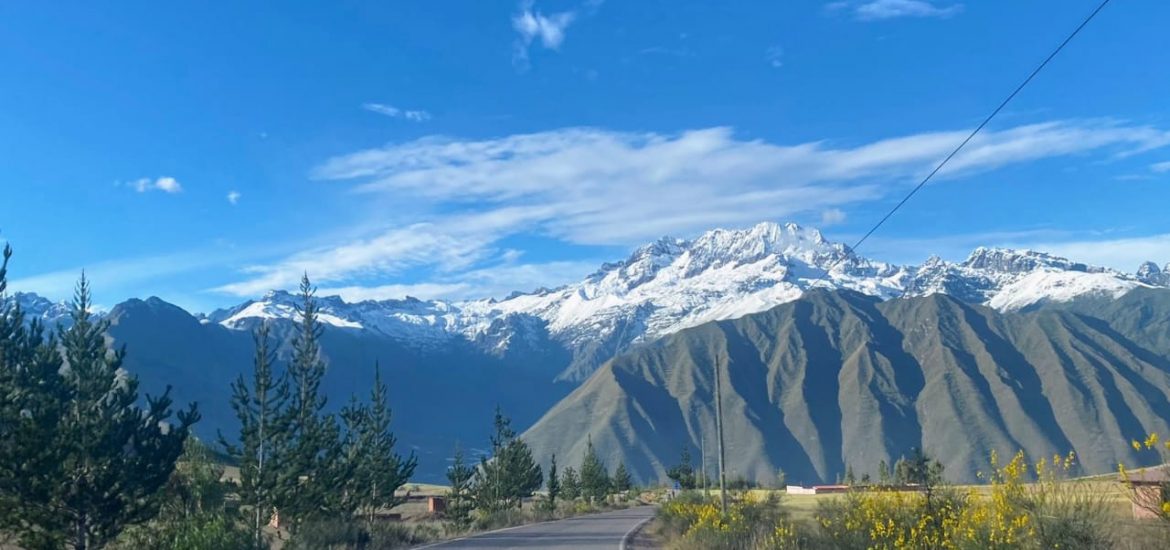There is so much to see and do in Cusco and its surroundings that when you get there, you’ll want to spend more days in the Ancient Inca Capital. For instance, the Sacred Valley of the Incas is one of the most popular travel locations in the area thanks to its several historical monuments, attractions, and magical places you should know.
Along with Machu Picchu, of course, the so-called Urubamba Valley is the most popular tourist destination in Cusco due to its vast array of cultural expression Andean mysticism, and age-old customs that still closely connect the locals.
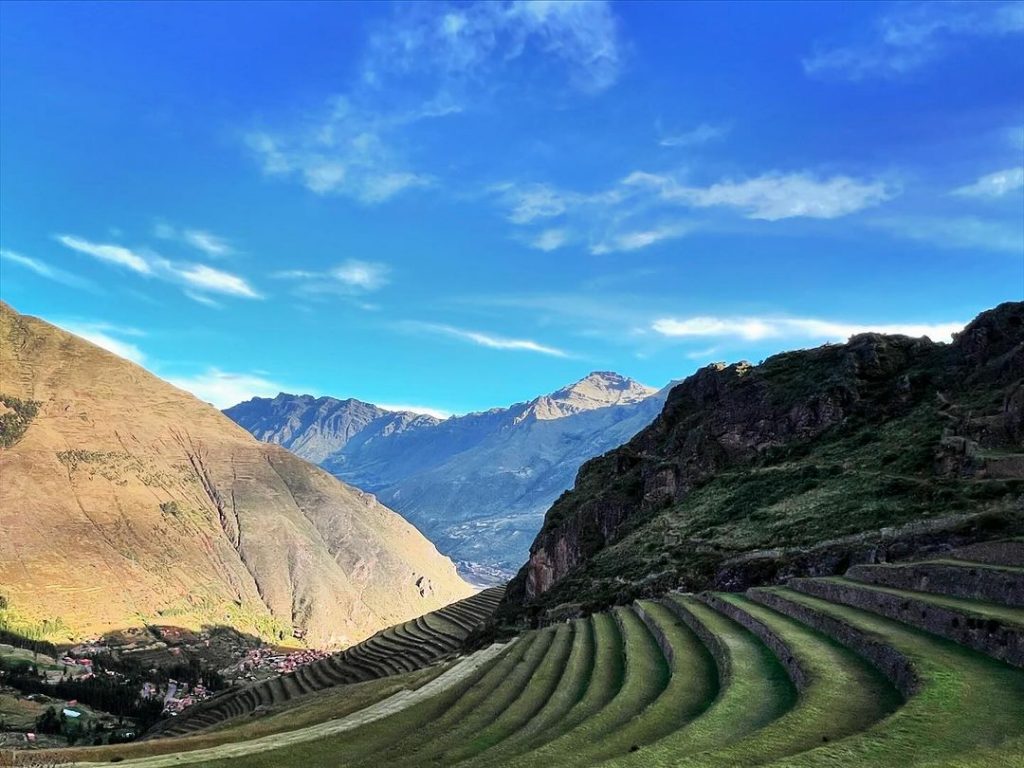
The Sacred Valley: Tiny pearls in a precious ornament
The breathtaking scenery that varies from town to town is another incentive not to miss this exceptional Andean area. You’ll see why we say is truly magical. Similarly, it is the ideal retreat from Cusco, particularly for individuals who want to decompress to the sound of the thunderous Urubamba River and the enduring vitality of these historic regions.
We created this section for you to select what best suits your needs and begin organizing the much-needed vacation you’ve been looking forward to! We’re sure that, after reading this blog, you’ll love the Sacred Valley as much as we do!

Explore the Chinchero Wonders
It is considered one of the most picturesque towns of the Sacred Valley thanks to its cultural expression and “mestizo” (Half Spanish, half Andean) architecture. Chinchero is located about 30 kilometers away from the Imperial City of Cusco and sits at an altitude of 3,754 meters above sea level.
Although the town may not be the main attraction here, its history and cultural expression definitely are since it comprises an archeological complex known as the royal precinct of the most important Inca ruler Tupac Yupanqui. Likewise, most of its inhabitants are Quechua speakers and have maintained their ancestral culture alive. Here are two of the main attractions of Chinchero:
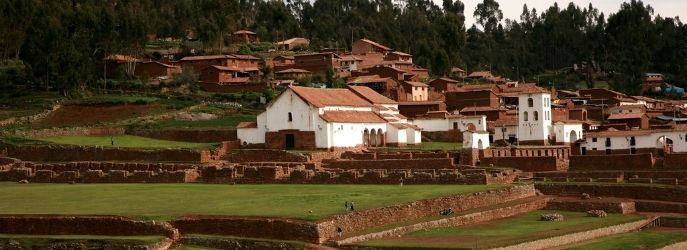
- Chinchero Archeological Site: This Inca site was the designated residence of Tupac Yupanqui. Here he ordered the construction of beautiful palaces though it was later incinerated by Manco Inca to help people escape during colonization to the hidden lands of the jungle. Nowadays, only a few parts of its structure have remained, being the most preserved construction, the one used as the foundation of a Church that dates back to the XVI century.
- Local Craft Market: Chinchero is recognized for its top-quality textiles and its cultural expression. The local craft market is situated next to the Archeological Site of Chinchero. Here you’ll find remarkable textiles, souvenirs, and alpaca clothing.
Feel the magic in Pisac
This could be the ideal spot for you to learn about the “Cusqueñan” cultural expression if you’re looking for it. Pisac has an elevation of 2,972 meters above sea level and is about an hour’s drive from Cusco. You can learn about the region’s exceptional textile craftsmanship as well as the knitting and coloring techniques here.
Similar to this, Pisac boasts one of the valley’s most remarkable archaeological monuments, set in a prime position with expansive views of the valley and the surrounding mountains. The principal attractions are as follows:
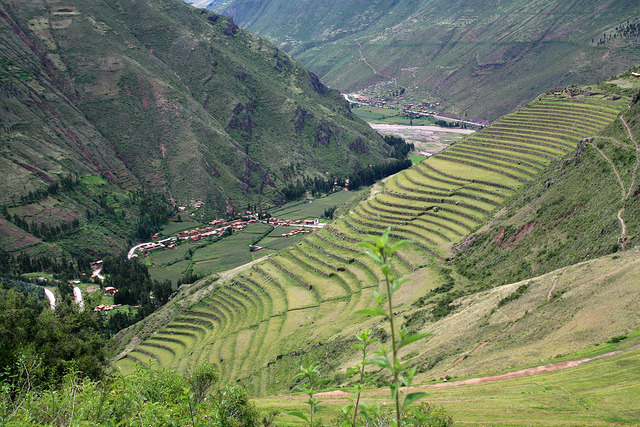
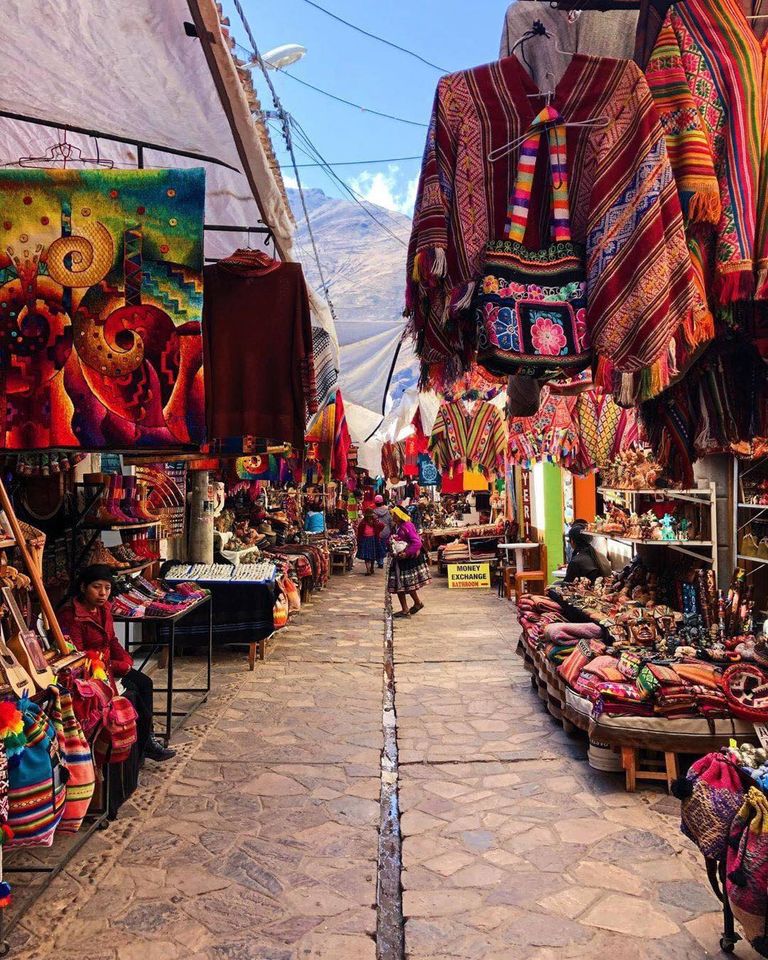
Local Market
If visiting this beautiful town, make sure to pass by the local craft market, where you’ll find a great variety of textiles, alpaca clothing, and souvenirs. The Pisac Market is located in the town’s main square and only opens on Sundays.

Pisac Archeological Site
The ancient structure served as a control and religious center during the Inca era. However, the real purpose is still unknown, according to some historians it was a royal hacienda of the Inca Pachacutec with administrative, ceremonial, and agricultural areas, but this remains uncertain.
The Archeological Site of Pisac is located at 3,300 meters above sea level, offering incredible views of its surroundings and the Sacred Valley. To visit this Inca site, you’ll have to purchase the Cusco Tourist Ticket, which we include in all our travel packages.

Awana Kancha Museum
If you love alpacas, llamas, and vicuñas as much as we do, then this is the place for you! The Awanacancha Museum has an exhibition of Peruvian textiles and research about the cultural impact of these traditions across the Cusqueñan lands.
It also is an animal shelter, where they house several camelids in a safe environment, looking to promote the preservation of the authentic fauna of the Peruvian highlands.
Find inner peace in Urubamba
The Sacred Valley of the Incas is home to the lovely town of Urubamba, which is renowned for its breathtaking landscape, vibrant culture, and historical significance. Take a look at the list of activities you may do when in this lovely town:
- Sample Local Cuisine: While at Urubamba, don’t pass up the chance to savor mouthwatering Peruvian cuisine made with fresh ingredients from the area, such as ceviche, lomo saltado, and rocoto relleno.
- Take Part in Outdoor Activities: The breathtaking Andean scenery of Urubamba is perfect for hiking, mountain biking, and horseback riding.
- Experience Local Culture: Spend some time getting to know the welcoming residents, going to traditional markets, and discovering the rich Andean customs and culture.
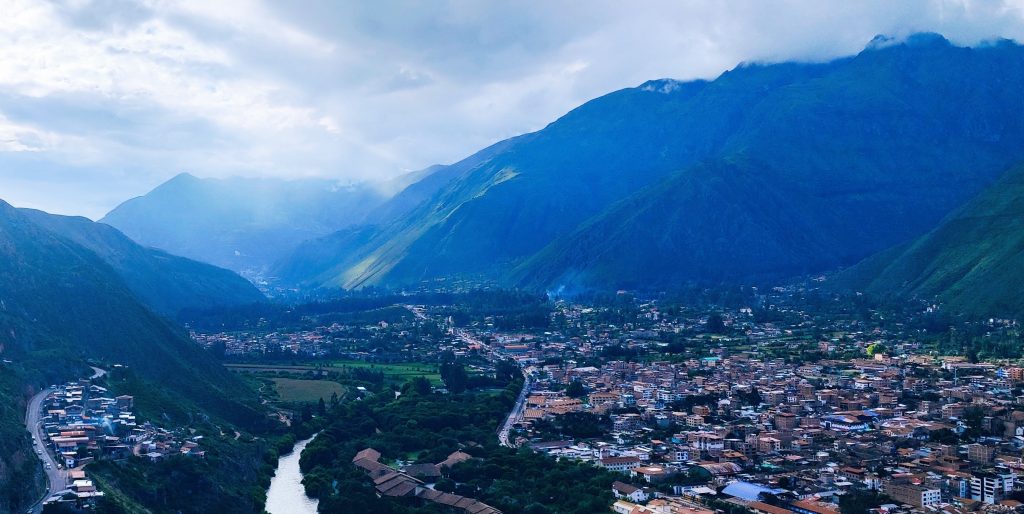
Know more about Inca Culture in Ollantaytambo
If you’re taking the Sacred Valley Tour circuit, then this will be your last town to visit. Ollantaytambo is a small village frozen in time with a distinctive Inca-colonial urban setting surrounded by towering mountains and an impressive ceremonial fortress that you definitely should visit!
Ollantaytambo is also the starting point for many travelers who visit Machu Picchu since it also has one of the three train stations in the region. The Inca Trail also begins from a town located 30-40 minutes away from here, which makes it the perfect location to stay before starting this trek. These are the main attractions in town:
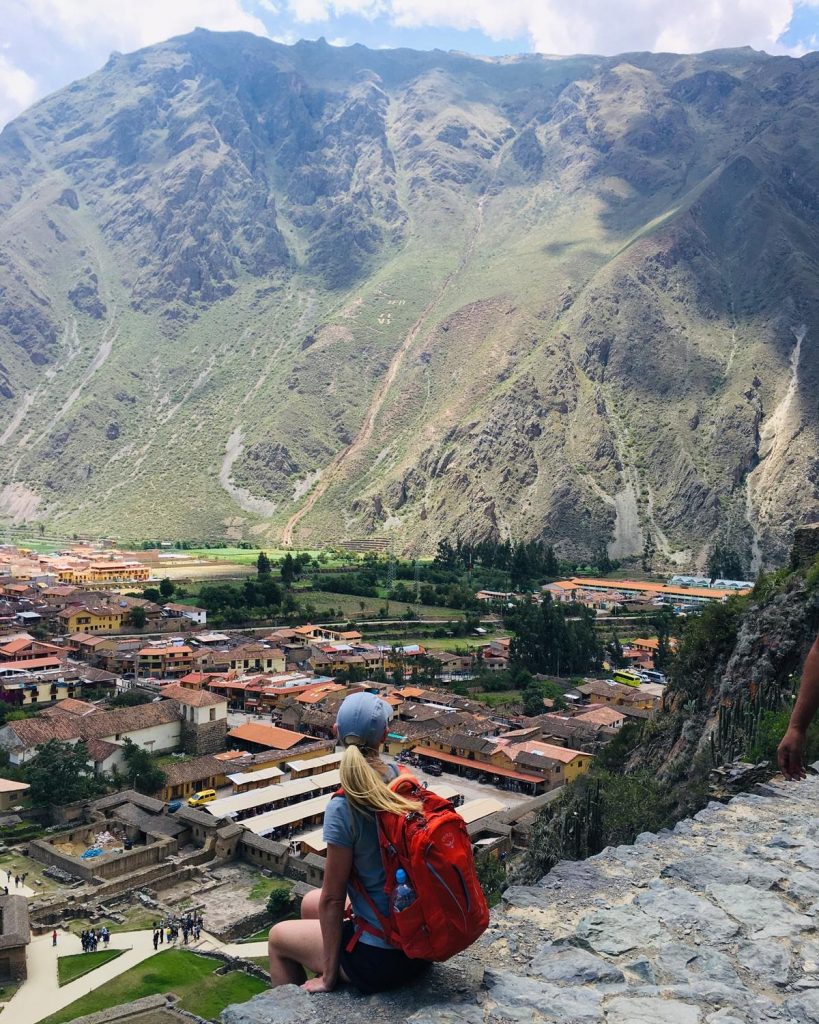

Archeological Site of Ollantaytambo
Situated at the center of the town, it served as a ceremonial stronghold featuring terraces for agricultural experimentation and exploitation, similar to what happened in Moray. It is acknowledged that during colonization, the archeological site was the sole location to defeat the Spanish army.
The Cusco Tourist Ticket, which is often included in most excursions to the Sacred Valley of the Incas, is required to access the Ollantaytambo ruins.

Pinkuylluna Warehouses
Immediately in front of the Ollantaytambo Archeological Site are these outstanding Inca ruins. It was a storage facility, well designed to hold grains grown on the nearby terraces. The Incas understood that the cool breeze and low temperatures would preserve the food and keep it safe from predators because of the high elevation of this location.
From the village of Ollantaytambo, it takes approximately thirty minutes to arrive at this archaeological site. It is a free attraction, however, be aware that the walk might be challenging due to its incredible slope.
Resolve the Moray Mistery
The Moray agricultural terraces are renowned for serving as an Inca agricultural laboratory due to their ability to offer different microclimates for experiments with a variety of plant and crop species.
However, this is simply a supposition because, at the time the Spaniards arrived in Peruvian territory, the place had already been abandoned, therefore there are no records to help us figure out what their true objective was.
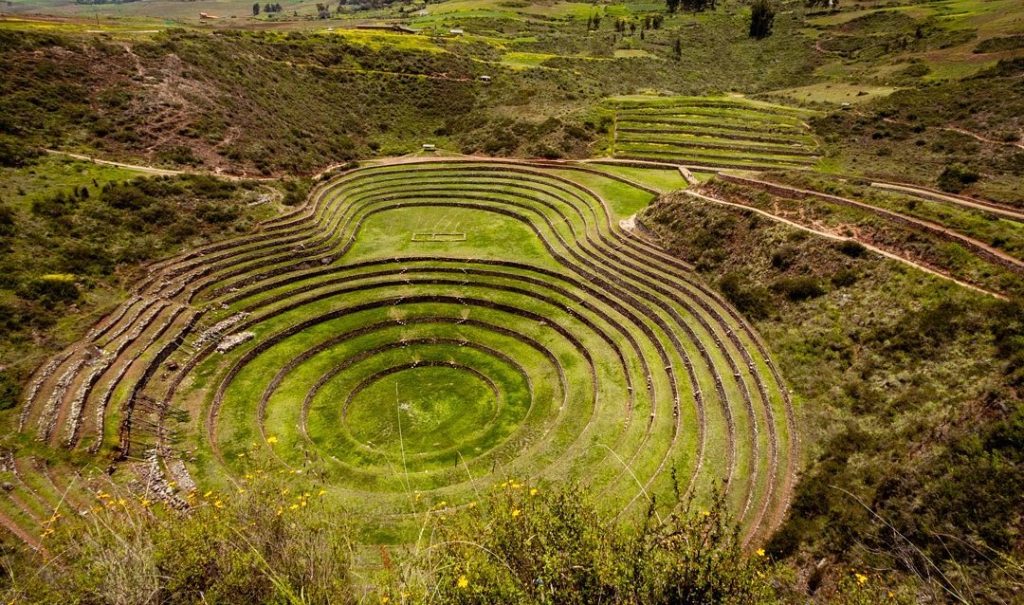
The intricate irrigation system and the notable temperature differential of 12°C from top to bottom led famous anthropologist John Earls to conclude that Moray was used as an experimental farm more than 500 years ago.
Similarly, some theories state that the archeological site might have served as a ceremonial center, but this is highly improbable given its distance from Cusco, the Imperial City.
Though it sounds extreme, there have been similar theories regarding the Nazca Lines in the past. Other beliefs suggest that it might have been an alien spaceship landing location. We’ll let you explore it, though, and make sure you capture every aspect of this archeological complex.

Taste some Salt in Maras
Long before the Incas took over the Cusco territories, the Maras Salt Mines were already established. The Wari culture, which flourished between 500 and 1100 A.D. and has remarkably continued to be developed ever since is thought to have constructed them.
Although it’s unclear if that claim is true, one thing is certain: they have evolved throughout time to the point where there are currently over 3,000 salt mines. As a result, it has been a tradition carried down through the ages until the present.
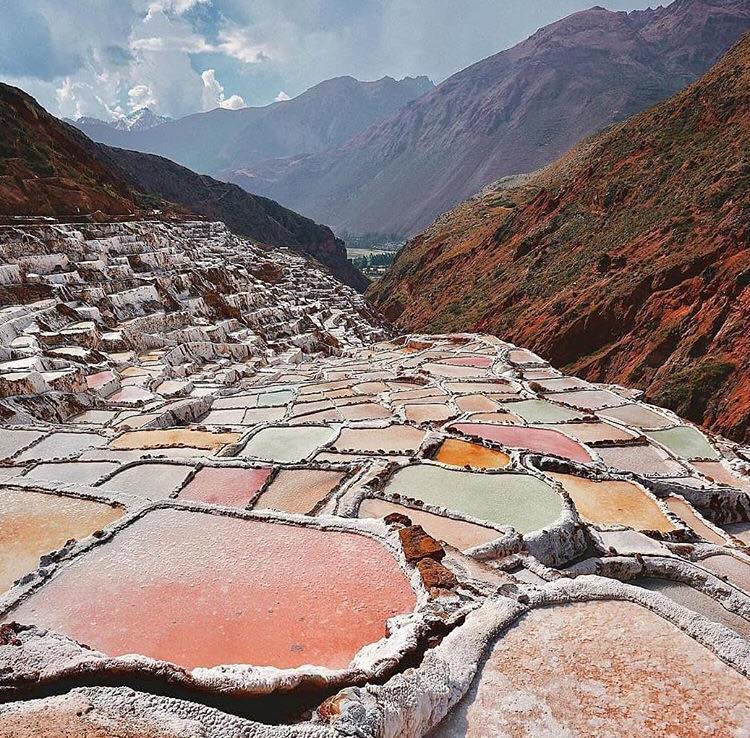
With an area of about 5 m2, each salt pond can produce up to 200 kg of salt every month. Only local families operate the salt mines, and they are each limited to five wells.
Because of its high mineral content, Maras salt offers a variety of advantages. In addition to being the ideal seasoning for those with hypertension, it has been utilized to alleviate edema and skin issues.
Remember that you can take a tour of Maras and Moray to view this attraction. You’ll have an amazing time whether you go on a typical adventure or an ATV quad bike activity!
The Cherry of the Cake: Machu Picchu
Dare venture far into Machu Picchu and discover the mysteries of the Inca culture. The most well-known civilization in Peru continues to amaze us with its genuine architecture, engineering, and culture. Because of its remarkable construction and the mysteries it left behind, the well-known Inca Citadel is regarded as one of the new seven wonders of the world.
With more than 1.5 million visitors annually, the Peruvian Wonder of the World is the most popular tourist destination in South America. However, since Hiram Bingham revealed this ancient edifice to the public in 1911, so little is known about it that numerous theories have been put forth.
In the following segment, see what you can do on this ancient site:
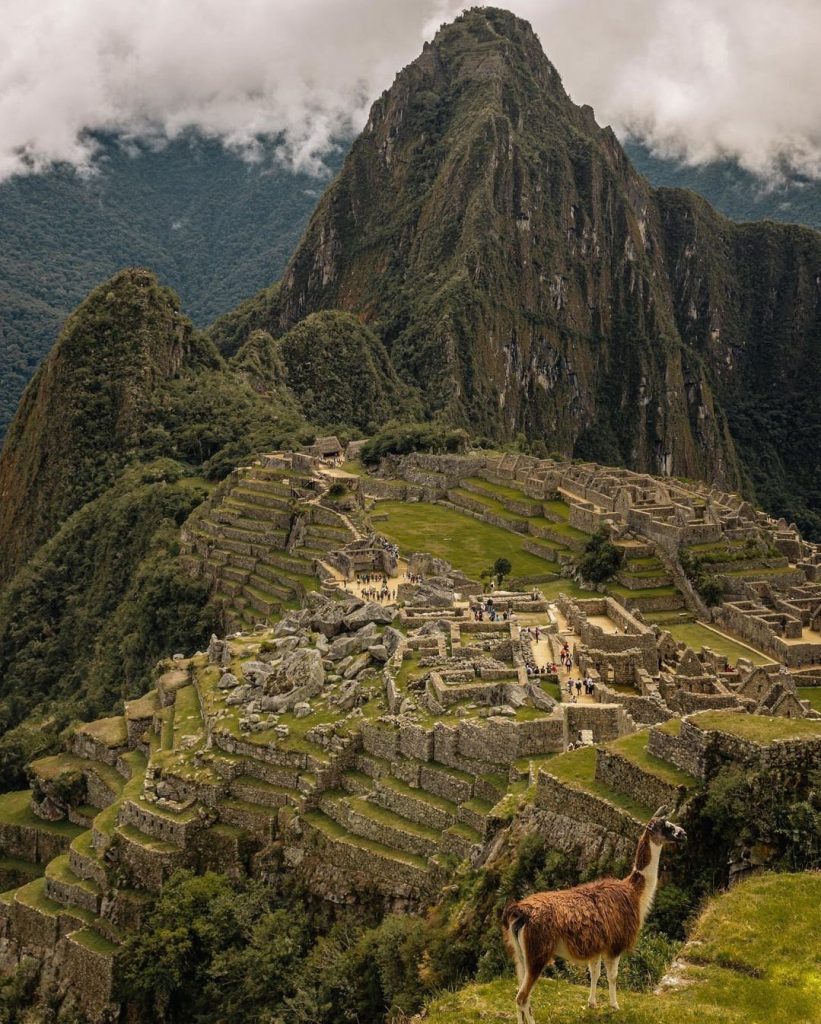

This polished stone location is known as the Sacred Plaza. It is made up of the holy Temple of the Three Windows and the priest’s residence. The Hanan Pacha, Kay Pacha, and Uku Pacha realms are the three worlds that the temple symbolizes in the Andean cosmovision.
See the stunning scenery and snap tons of photos from the well-known viewpoint: The first thing you should do when you get to Machu Picchu is take in the amazing scenery. Grab all the pictures you can.
The Incas constructed the Temple of the Sun as a place of worship. The circular building has windows, niches, and an entry door. Many think that Pacahactuec, the renowned Inca ruler, is buried there.
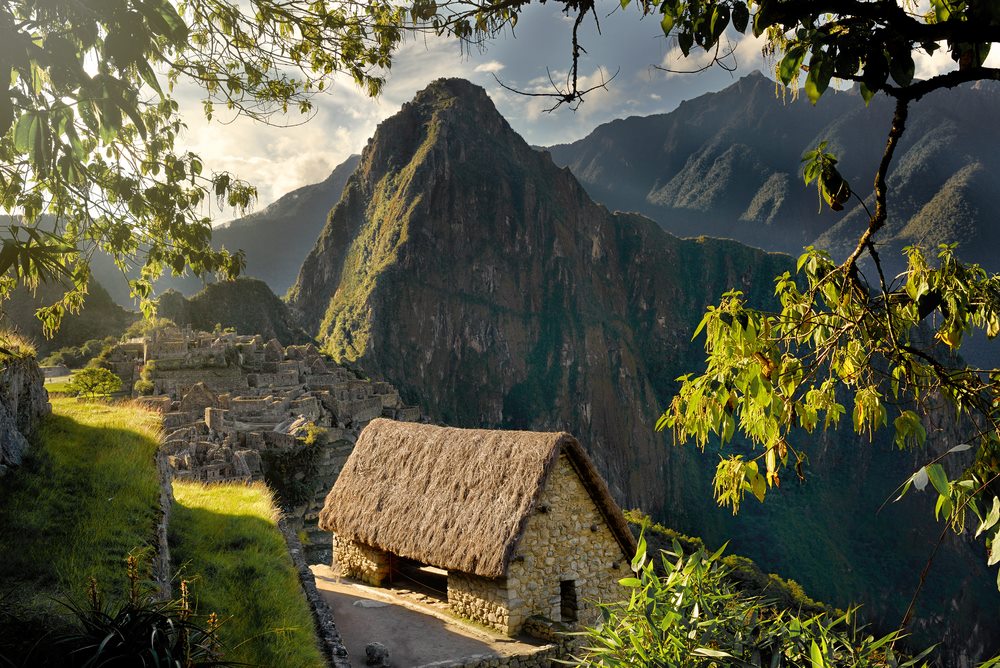
Intihuatana is also known as a sun clock, this stone is associated with the astronomical calendar. According to some theories, it coincided with the winter solstice position of the sun. Some claim that this rock was used for sacrifices or that their ancestors’ mummies were placed on top of it.
Temple of the Condor: One of the largest birds in the world and a significant figure in Andean culture is the condor. One of the most famous locations at Machu Picchu is a large stone sculpted to represent a landing condor.
F.A.Qs About the Sacred Valley
What’s the best time to Visit the Sacred Valley?
The best time to visit this area is in the dry season, which is between May and September. The weather is more stable during that period, so you can perform your outdoor activities.
What is a Tourist Ticket? Is it necessary to Buy it?
“El boleto turistico” (tourist ticket in Spanish) is the official entrance to see attractions surrounding Cusco, such as Archaeological sites, attractions in the Sacred Valley, and museums.
The popular “full ticket” is valid for 10 days and allows you to see more than 16 attractions, including almost all the Sacred Valley ones. Consider this ticket doesn’t include Maras Salt Mines and Machu Picchu.
What’s included on a “Sacred Valley full day Tour”?
The tour starts with visiting Pisac, and its attractions, then moving to Urubamba, where we’ll have lunch. The tour will finish in Ollantaytambo. Here is more information about the personalized Sacred Valley full-day tour in Viagens Machu Picchu.

How Much Time Should I Spend in the Sacred Valley?
We recommend at least two or three days to explore the whole circuit of cities in the Valley. This will allow you to dive into local culture and traditions
How Can I Get to Machu Picchu via the Sacred Valley?
The usual way is taking a train to Aguas Calientes, Machu Picchu’s gateway at Ollantaytambo train station. You’ll be there in around 1 hour and a half.
How far is the Sacred Valley from Cusco?
The closest towns are around 40 minutes from the Cusco city (Pisac, and the other way, Chinchero) The Farest town is Ollantaytambo, over an hour from Cusco.

How was the trip? Amazing, right! If you have plans to visit Peru, or if you’re already here, you should definitely come to the Sacred Valley.
Viagens Machu Picchu is proud to operate tours not only in Cusco, and the Sacred Valley but in the whole of Peru. Check our travel packages and let us help you to make your dreams come true! Viagens Machu Picchu, journeys that inspire, moments that last.

